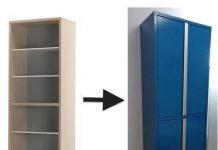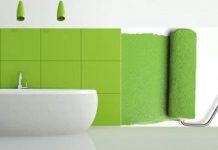

Man has painted since time immemorial, however the paints used by our ancestors in caves have little to do with the synthetic paints and varnishes that I know are currently used. Just read the labels to check the amount of toxic agents they contain, derivatives of the petrochemical industry that can affect our health (skin, respiratory tract and eyes).
These types of paintings are just as harmful to the environment due to the amount of heavy metals (lead, cadmium, mercury, etc.) and volatile organic compounds (xylene, toluene, ketones, phenols…) they contain and that last for weeks and months after application. In addition the synthetic paints and varnishes burn easily, giving off toxic gases that can be fatal.
For all these reasons there are more and more people who prefer eco-paints or ecological paints versus synthetic paints and varnishes. For a paint to be considered ecological, its components must be of natural origin (minerals and vegetables), from renewable and biodegradable sources.. For this, minerals such as iron oxide or talc are used, as well as oils, resins and inks that come from the roots, leaves, bark and fibers of various plants. Water is usually used as a solvent.
For little money and a few ingredients we can make our own paints, learn how to make homemade ecological paints
1. Oil painting
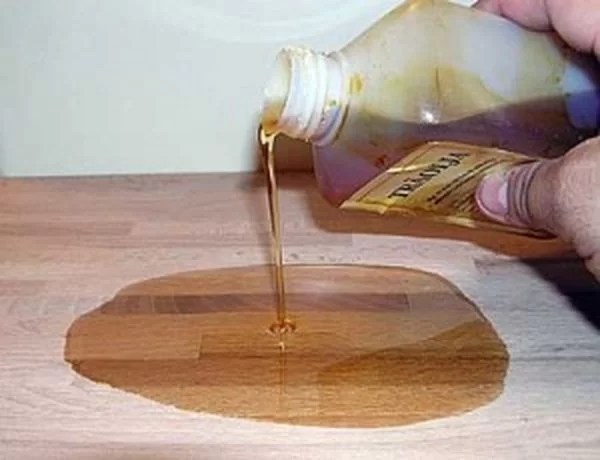
For this type of paint you will need oil as binder and mineral pigments to give it color. The recommended type of oil is flax or linseed oil and the preparation is very simple since you only have to mix the oil with the color until it is completely dissolved.
This type of paint is often used in untreated wood and a final finish can be given with waxes to protect the result obtained.
2. Milk paint
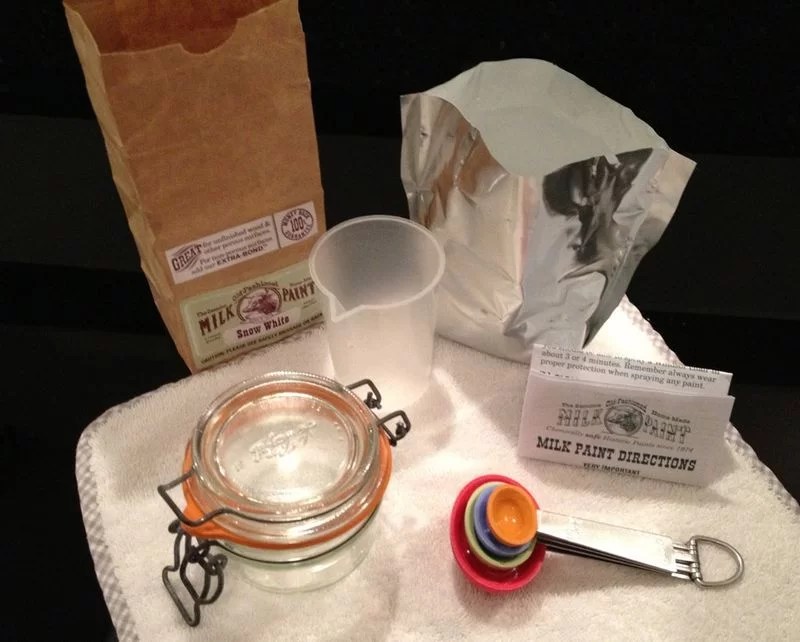
The milk painting uses milk casein as a binder. To obtain the casein of the milk we will need a liter of milk, put on the fire in a saucepan and set aside just before it starts to boil. Out of the fire add 50 cc of White vinegarstirring little by little, then we will separate the whey from the milk of the rennet (lumpy part)which is what we will use to make the painting.
What base pigment We will use about 50 grams of lime, chalk or marble dust, which we will dissolve with a little water before adding it to the milk rennet. Once we have obtained a homogeneous mixture of rennet and pigment, we will add the necessary water to obtain the right consistency for painting.
The milk painting It has an opaque finish and its color fades once dry, so several coats are necessary to obtain the desired color. It is suitable for absorbent surfaces such as plaster, cement or natural wood, however it does not adhere to metal, plastic, glossy paint or synthetic enamel surfaces. We can give it a finish with colorless wax to waterproof and make the paint last longer.
3. Lime paint
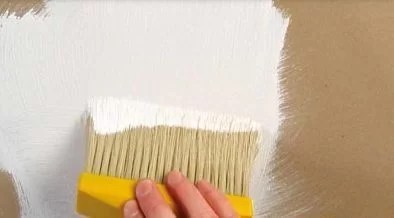
The lime paint it is economical, disinfectant and allows the walls to breathe. For its preparation we will need from 2 to 4 kilos of construction lime or hydrated lime, 1 kilo of salt and 250 cc of vinyl glue (it can be replaced with 250 grams of powdered milk and water). All the ingredients are mixed with the pigment and we will have our lime paint ready to use.
The amount of lime that we use will depend on the consistency that we want to give the paint, the more lime it has, the thicker it will be. You also have to take into account that you have to stir the mixture quite often since the lime tends to go to the bottom of the container.
This type of paint is usually used to paint rustic exteriors or interiors and is usually colored with oxides.
4. Starch paint
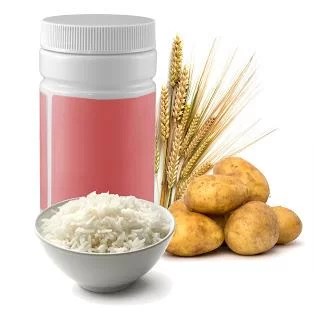
The starch It can be used as a binder in paint thanks to its binding and thickening power. To prepare the starch paint we will need 150 grams of potatoes or rice, water, plaster and pigment.
First we will cook the potatoes or the rice and make a puree, then we will add about 400 ml of boiling water, mix everything and filter it with a fine cloth. On the other hand, we dilute the plaster and the pigment with a little cold water and add it to the previous mixture.
This paint provides a velvety finish and is ideal for interior walls, wood and cardboard. If we want to provide a glossier finish and waterproof it, we can add a tablespoon of linseed oil.
5. Blackboard paint, chalk or chalk paint
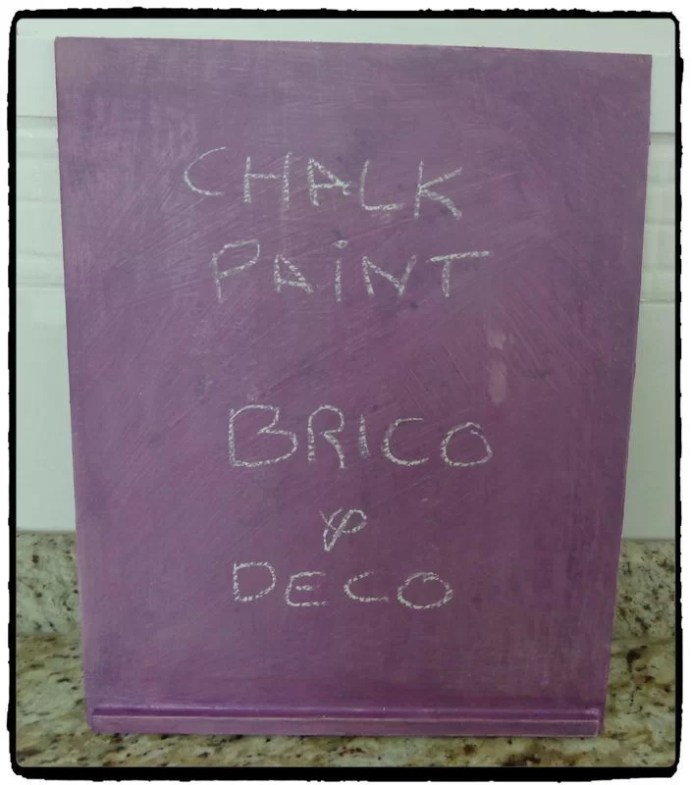
Of the blackboard paint I have already told you before, it is ideal for painting practically all types of surfaces (plaster, metal, wood, glass…). To date, it is the only one of the 5 that I have tried, so I encourage you to make your own homemade blackboard paint with which you will obtain excellent results for very little money.
As you have been able to observe, make an ecological paint it is not so difficult. I always recommend trying the paint on a part that is not visible or on a similar material to see the results, so I encourage you to make your compositions since, economically, little can be lost but we can gain a lot in terms of health and well-being.

